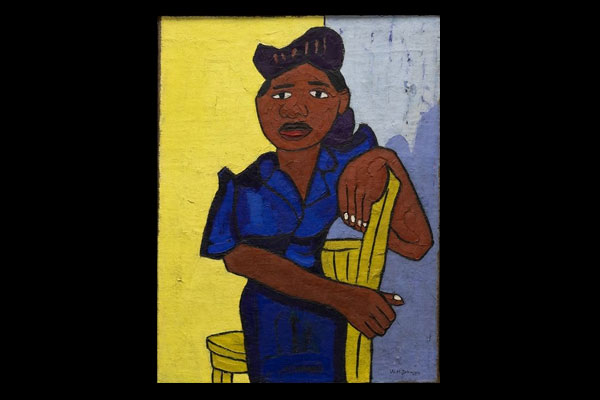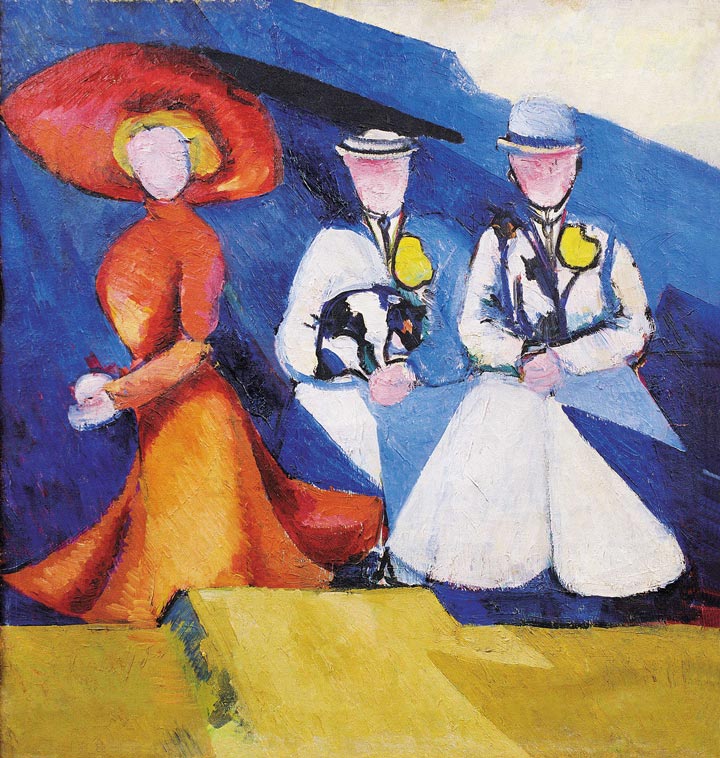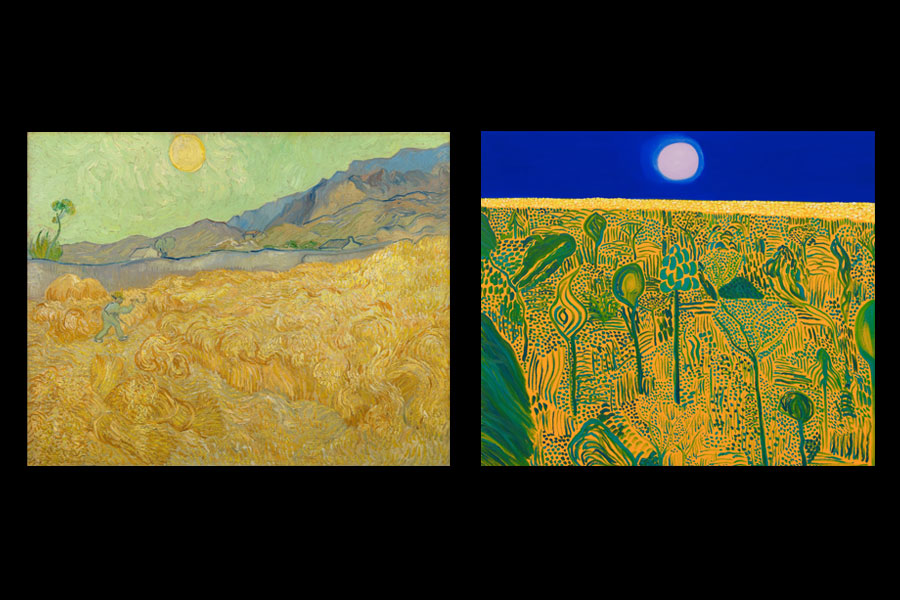The Met presents “The Harlem Renaissance and Transatlantic Modernism”

From February 25 to July 28, 2024, this exhibition presents the Harlem Renaissance as the first African American–led Movement of International Modern Art
Source: The Metropolitan Museum of Art · Image: William Henry Johnson (American, 1901–1970). Woman in Blue, c. 1943. Oil on burlap. Framed: 35 × 27 in. (88.9 × 68.6 cm). Clark Atlanta University Art Museum, Permanent Loan from the National Collection of Fine Art, 1969.013. Courtesy Clark Atlanta University Art Museum
Through some 160 works, the exhibition explores the comprehensive and far-reaching ways in which Black artists portrayed everyday modern life in the new Black cities that took shape in the 1920s–40s in New York City’s Harlem and Chicago’s South Side and nationwide in the early decades of the Great Migration when millions of African Americans began to move away from the segregated rural South. The first survey of the subject in New York City since 1987, the exhibition will establish the Harlem Renaissance as the first African American–led movement of international modern art and will situate Black artists and their radically new portrayals of the modern Black subject as central to our understanding of international modern art and modern life.
“This landmark exhibition reframes the Harlem Renaissance, cementing its place as the first African American–led movement of international modern art,” said Max Hollein, The Met’s Marina Kellen French Director and CEO. “Through compelling portraits, vibrant city scenes, and dynamic portrayals of night life created by leading artists of the time, the exhibition boldly underscores the movement’s pivotal role in shaping the portrayal of the modern Black subject—and indeed the very fabric of early 20th-century modern art.”
“We are very pleased to present this wide-ranging exhibition that establishes the New Negro cohort of African American artists and their allies—now known as the Harlem Renaissance—at the vanguard of the portrayal of modern Black life and culture in Harlem and other new Black cities nationwide at a time of rapid expansion in the first decades of the Great Migration,” added Denise Murrell, The Met’s Merryl H. and James S. Tisch Curator at Large. “Many New Negro artists spent extended periods abroad and joined the multiethnic artistic circles in Paris, London, and Northern Europe that shaped the development of international modern art. The exhibition underscores the essential role of the Harlem Renaissance and its radically new modes of portraying the modern Black subject as central to the development of transatlantic modern art.”
Follow us on:


